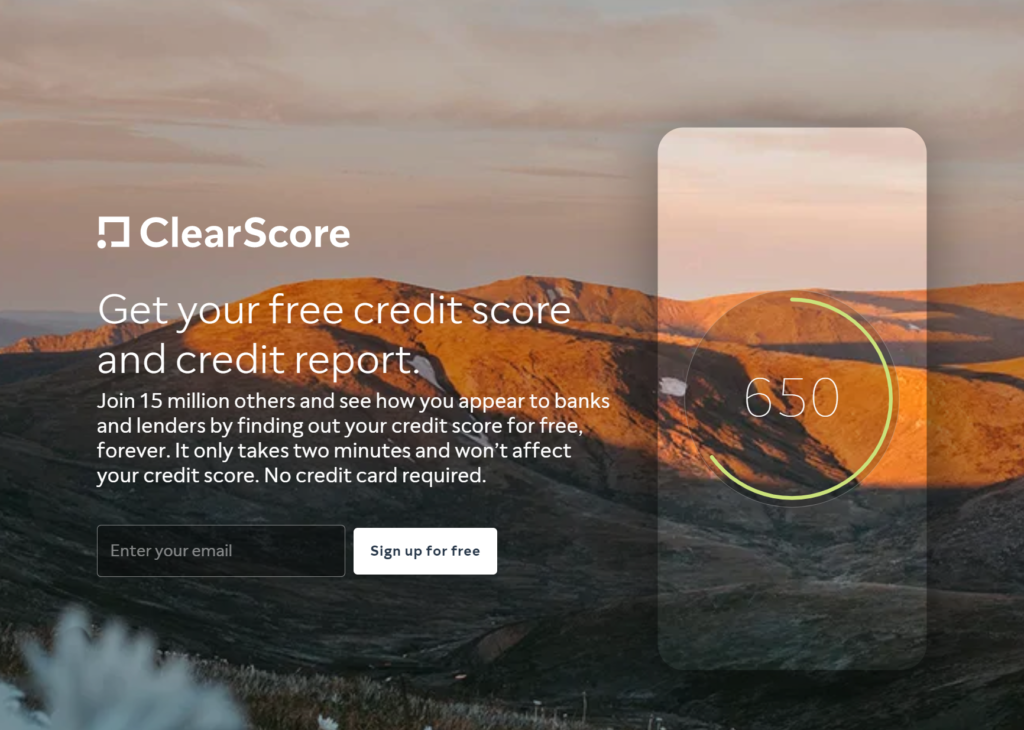In much of the developed world, credit agencies exist to keep tabs on consumers shopping and lending behaviours and to establish a credit report on them, outlining what is known about their financial behaviour. These reports take a number of factors into consideration and apply a set of alogorithms to customer transaction data to come up with a score. Lenders use this credit score as a major input to their risk and credit decisioning.
One’s credit score is calculated based on what’s in your credit report. For example:
- The amount of money you’ve borrowed
- The number of credit applications you’ve made
- Your history of repayment
A higher score means the lender considers the borrower less risky. This could mean getting a better deal and saving money. A lower score will affect your ability to get a loan or credit with some lenders refusing to offer those with a low credit score a loan or credit.
In North America awareness of the FICO credit score (what it is, how it is used and influenced) is widespread. This has been brought about by a broad movement on behalf of governments and banks to improve their transparency and the financial literacy of the community and customers they serve. Awareness of credit scores in other countries is less well known.
In the UK the cost of living crisis has lead to a massive uplift in consumers checking their credit score. Almost one million people checked their credit score for the first time with Lloyds in April 2022, a 432% increase on March and highlighting the focus people are putting on their personal finances.
What you do has a direct impact on your lendability.
In Australia and other parts of the world, such awareness and transparency has been lacking. Credit Scores, whilst used heavily by lenders through services like Equifax, have been hidden behind opaque, expensive walls, such that few know how these black boxes work or what they do effects them. There have been no free online services for consumers and very few people, even financially savy people, are aware of their score.
This is partly due to the credit bureau market being monoplised by the likes of Illion and Experian who actually use different scoring scales. One is out of 1000, the other out of 700, so knowing your score is “600” is only helpful if you know which bureau that’s from.
Unlike in the US, many governments have failed to launch an active campaign around credit score standards and transparency. As such a credit score is really not something that’s actively used or discussed by either consumers or banks in many parts of the world. Even the new breed of challenger, non bank lenders maintain the opacity.
The world is a changing. Credit Savvy and Clear Score are taking Australia inline with the US with increased awareness and action around Credit Score.
In addition to credit scoring, judgements about expenses must also become more transparent. In Australia the Household Expenditure Measure is a set of benchmarks about what normal people spend across various spending categories and demographic situations. It is used in the lending process to judge how truthful or complete people are being. An alternative method used by some lenders to calculate basic living expenses, is the Henderson Poverty Index (HPI).

Harnessing Scores Within Odyssey
In a micro-services led world, all of these data points, Credit Scores, Expenditure Measures and Net Engagement Score can be incorporated into the digital experience to drive awareness, knowledge, action, financial fitness and success. Within Odyssey there are a number of unique opportunities for using credit scores, based on an aged maori and All Blacks mantra.
Within each Odyssey mission there are a number of levels, defined by challenges. The first levels with each mission often involve knowing the basics of the mission. Within the lending mission this can involve concepts such as affordability, servicability and risk profile, i.e. credit score. Levelling up can involve listening or reading some content by going through some content loops
With the customer now being aware of a fundamental its time to get hands on and gettheir credit score and where they currently sit in the world
With knowledge about a fundamental and an understanding of their own position relative to that measure there are a number of directions the player journey can take. This may be making an improvement on that measure or putting it to use on a loan that that current position supports turning the knowledge and understanding into financial muscle
Financial wellness, or fitness, is the name of the game. This means getting better and stronger around those financial habits and continuing to level up. As repayments are made more regularly, n time and in increasingly larger and faster amounts, that Odyssey refer to as motion,
Maori and All Blacks Mantra
From listening comes knowledge
From knowledge comes understanding
From understanding comes wisdom
From wisdom comes well being
Ma te rongo ka mohio
Ma te mohio ka marama
Ma te marama ka matua
Ma te matua ka ora